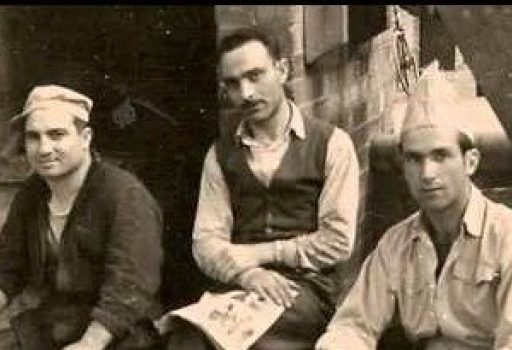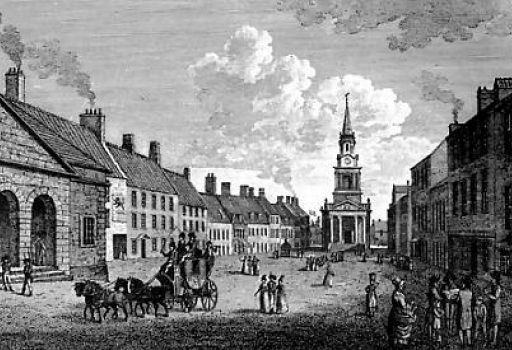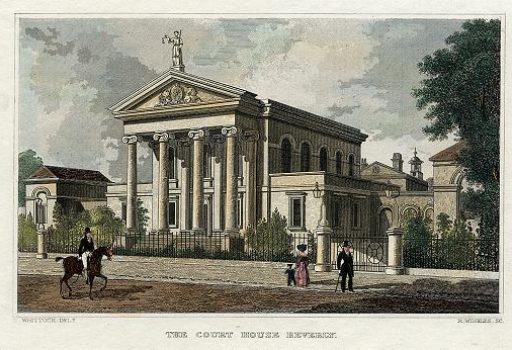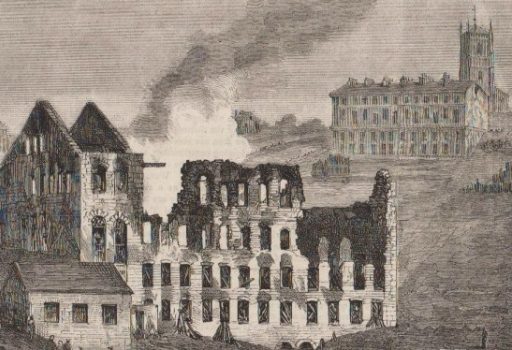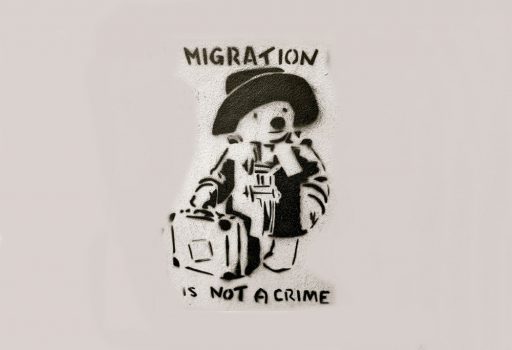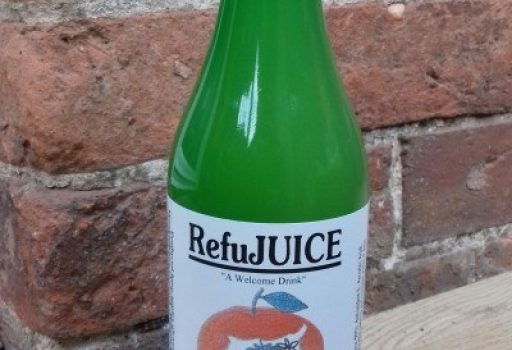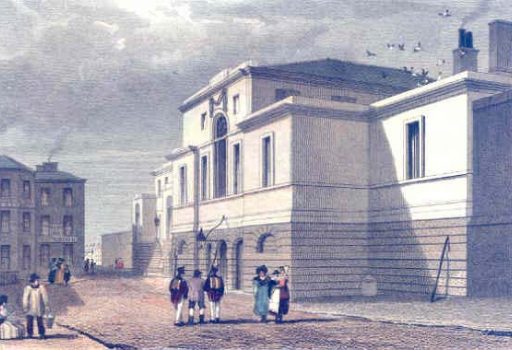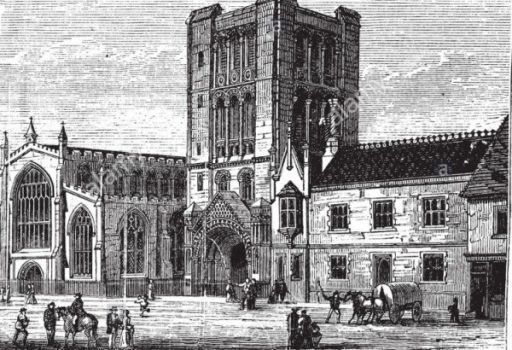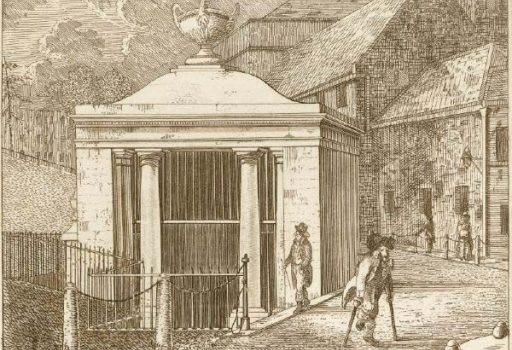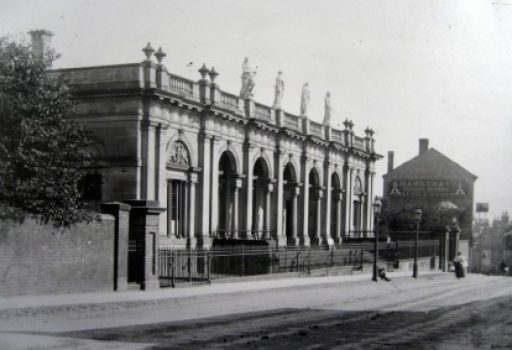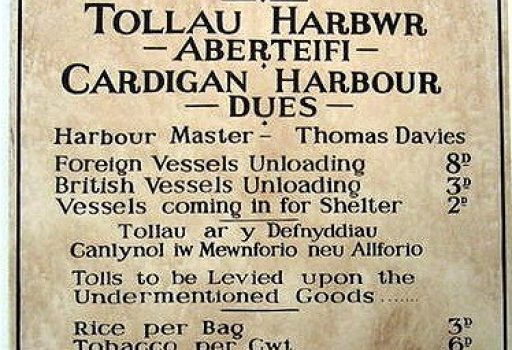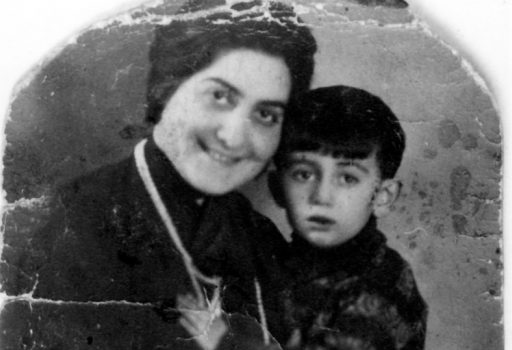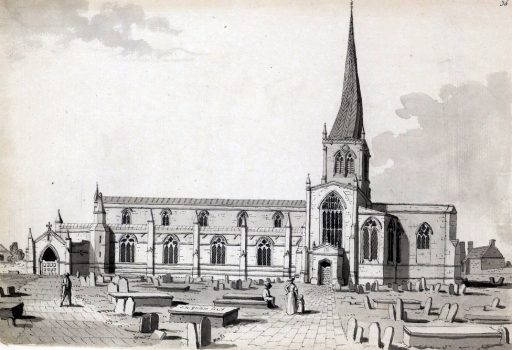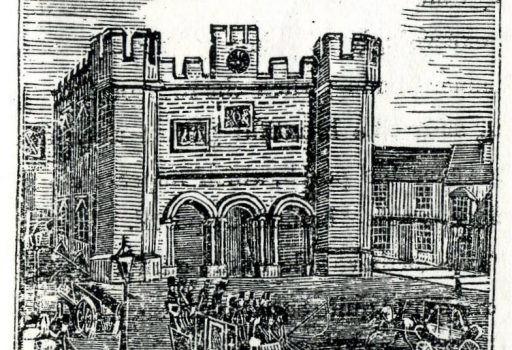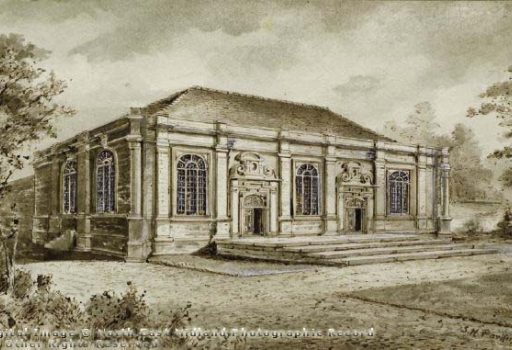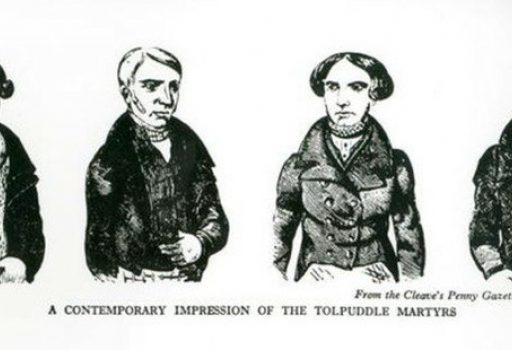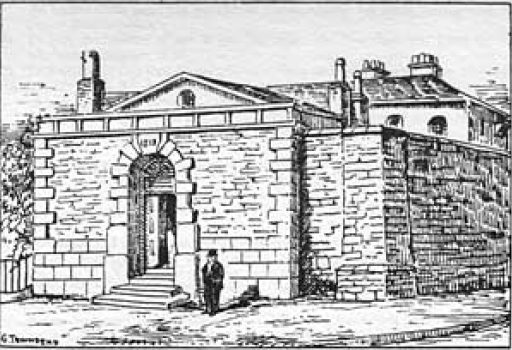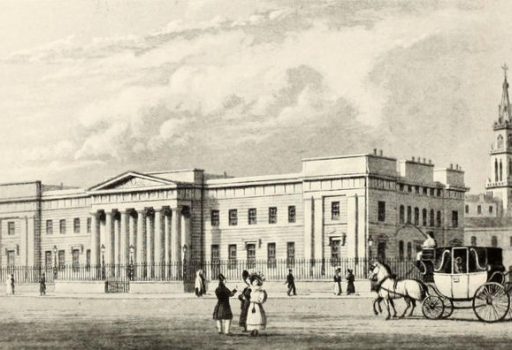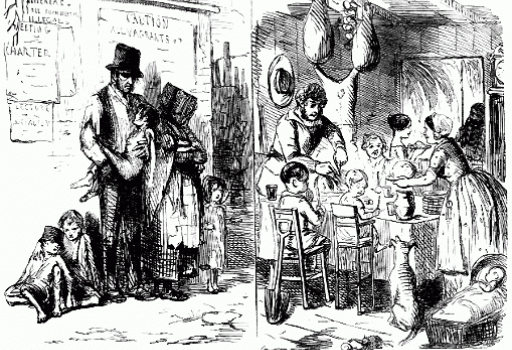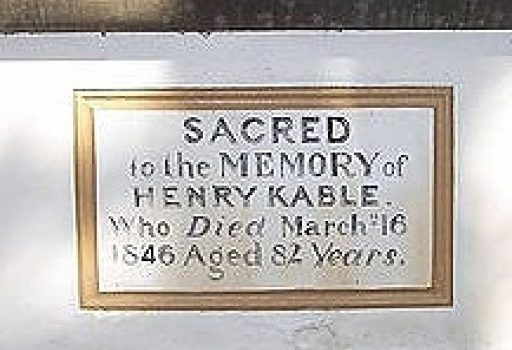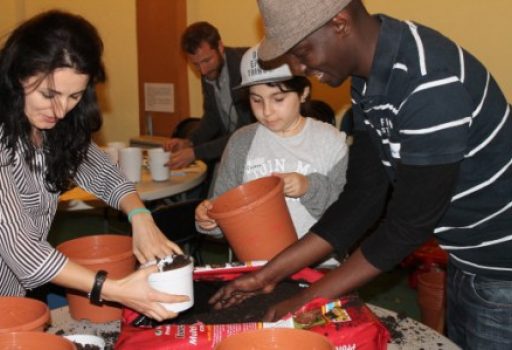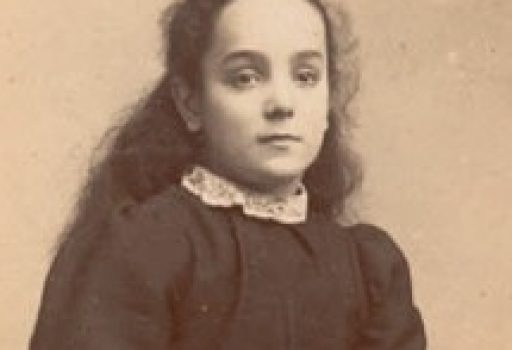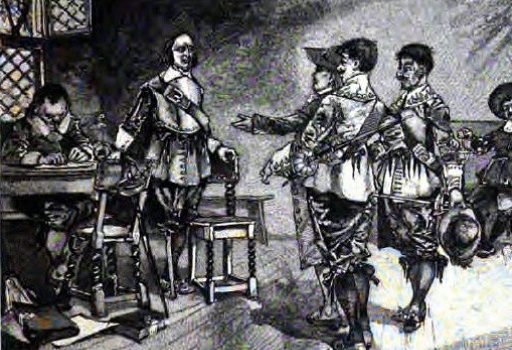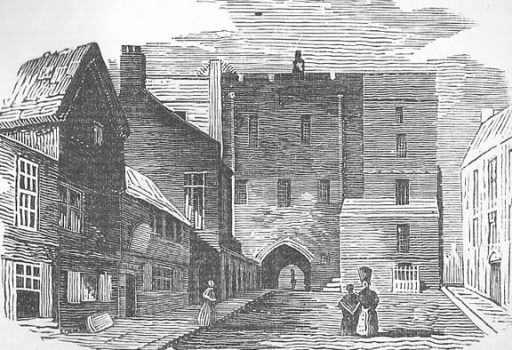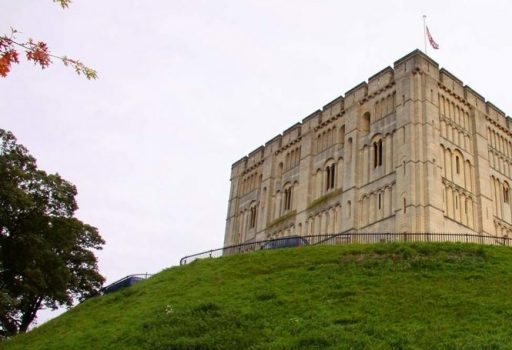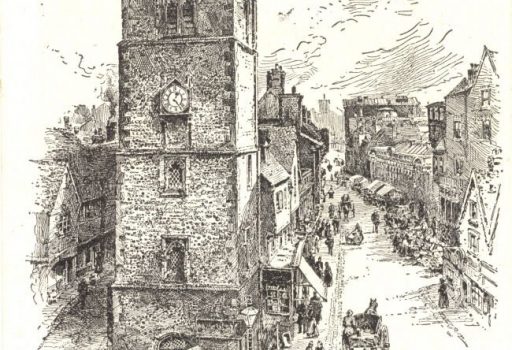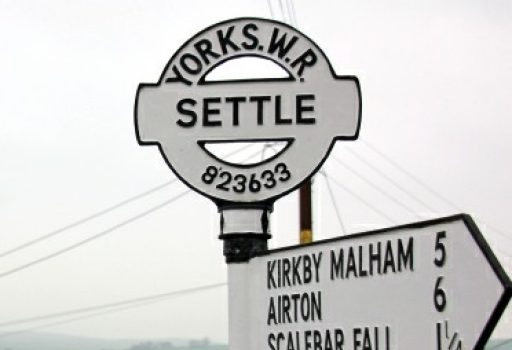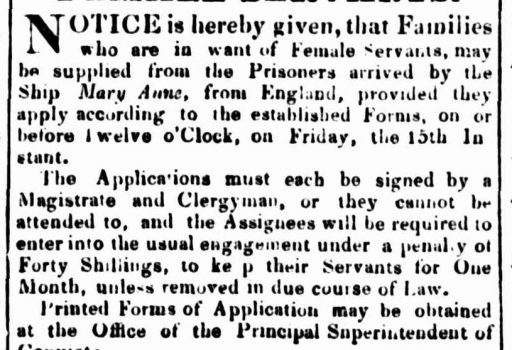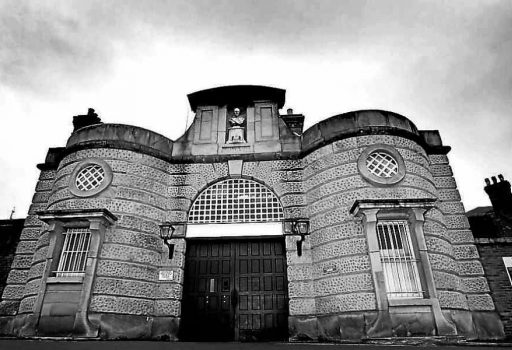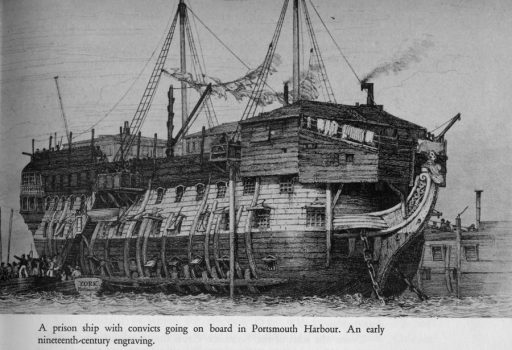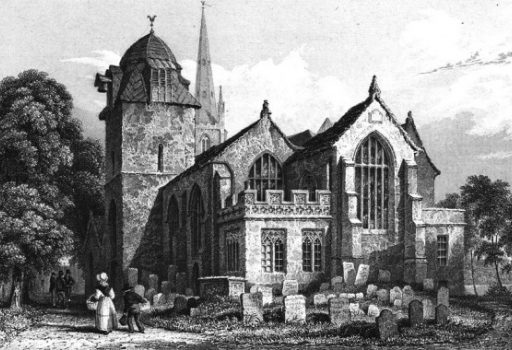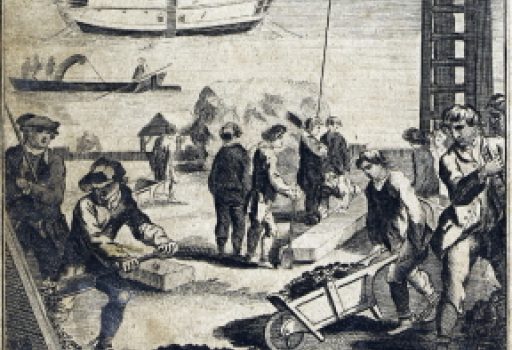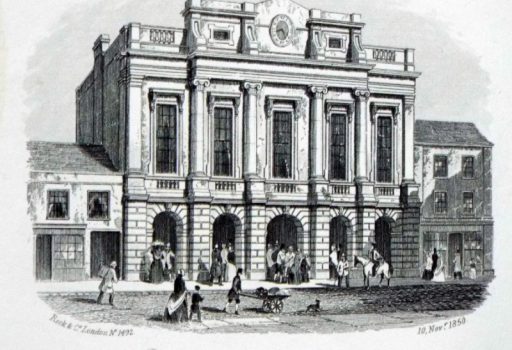In 1844, MARY ANN ABBOTT was convicted at the Preston Quarter Sessions of stealing a dress. She was 25, single, a house servant, four foot seven inches tall, and could read. It was her first offence. She was transported for seven years and sent to Tasmania on the Tory, arriving 4 July 1845. By October 1847 she was married to a bootmaker called John Black. We don’t know the detail, but it was common practice to transport unmarried women on flimsy pretexts, to provide what were effectively comfort brides for free men and freed convicts in the colony.
WILLIAM CHARLES, a 24 year old labourer from Preston, embarked from Whitby to Savannah Georgia on the Marlborough on 14th August 1775 ‘to seek better employment’. His travelling companions included a 25 year old bookkeeper from Nottingham, an 18 year old butcher from Durham, a 17 year old brushmaker from Durham, a 42 year old wheelwright with his wife and three children from Hull, a 35 year old Yorkshireman with his wife and five children, and a 32 year old labourer from Yorkshire. Here's their listing on the ship's embarkment records:
On 23rd March 1850 the Blenheim transport ship sailed for Van Diemen’s Land and Norfolk Island with 307 convicts from throughout Britain. Seven transportees came from the courts in Preston, including WILLIAM STIRZAKER, a 21 year old labourer who had stolen a coat. Also on board the Blenheim was ALLEN AIREY a 13 year old factory boy from Burnley. In 1846 he was convicted in Preston of stealing knives and sentenced to seven years transportation. Within three years Airey had secured his pardon. He lived on in Tasmania, married, had seven children and lived to the age of 89.
ROBERT LATUS was a seventeen year old cotton spinner who, in 1824, shot and wounded a strikebreaker in Preston during an industrial dispute. He was transported for life to Tasmania. There he was assigned as a servant to TC Simpson, a rich man in Launceston. He worked for him for 11 years and got a conditional pardon. He later prospered as a landowner during the Gold Rush and settled in Melbourne.
JOHN HETTERICK was in charge of lost property at Preston Railway Station. In 1848, when moving to a lodging house in Church Street, he was found to be in possession of some items – presumably left on the train – including walking sticks, umbrellas and books. He was transported for seven years. He arrived in Tasmania in 1850.
MARGARET HANTON, aged 23, lived in Vickers Street with her father and four siblings. Most likely, her mother had died. Margaret was convicted of stealing monies and transported for 7 years to Tasmania in 1848. She died on 14 April 1850 after delivering a still born child.
JAMES CATON, a turner and filer from Preston, was convicted in 1832 of stealing from a warehouse in Lancaster and sentenced to 7 years transportation in New South Wales. On arrival, he was assigned to work with William Cromarty, a harbour master and pilot. But in 1838 James was drowned, along with Cromarty and Cromarty’s son and an unnamed native man on One Mile Beach near Newcastle, north of Sydney.
Our partner in action
When Preston City of Sanctuary was set up in February 2017, Mayor John Collins said “There’s a history of the city welcoming those from all over the world, be that from the Caribbean, Ireland, Uganda or Vietnam. We have a diverse and wonderful city and this marks it further.” Preston COS links with other groups in the city such as Preston Faith Forum and Hello Preston! Together, they run many different events and services to provide a culture of welcome to those seeking sanctuary in the city.
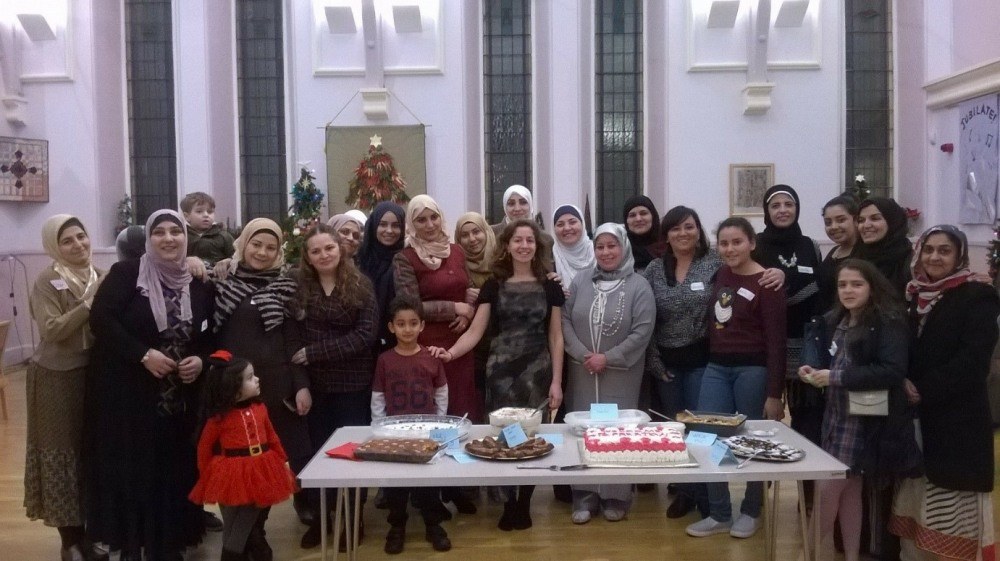

In 1805, seven year old SAMUEL DAVY was sold from the Southwark workhouse in London to Mr Watson’s Mill at Penny Dam near Preston. His brother was later sent to another mill. Textile mills were hungry for child labour in the late 18th and early 19th centuries. Factory owners often bought children from orphanages and workhouses. Such ‘pauper apprentices’ represented a third of the labour within the cotton industry. The children had few rights, and effectively became the property of the mill. It was reported that Samuel’s mother was so distraught at the loss of her children – the workhouse either forced them away or did not tell the parents – she died from insanity. Read more here.
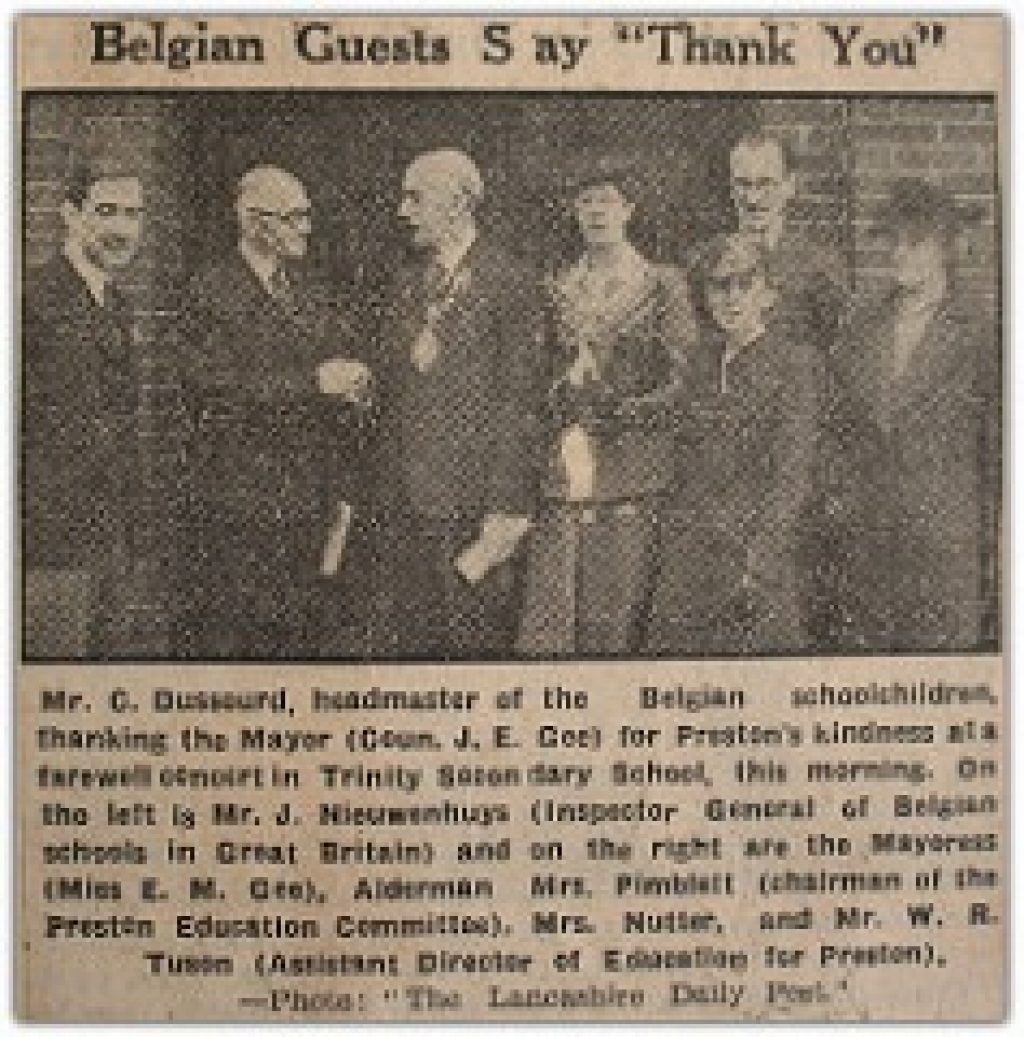
October 1914 saw the arrival of many Belgian refugees in Lancashire, as 250,000 Belgians escaped their German invaders to take sanctuary in Britain. Preston set up a Belgian Refugee Reception Committee. In the Lancashire Archives you can read of the issues they dealt with, including the tricky matter of single Belgian men of fighting age who had not yet joined up. During the second world war, Preston again welcomed Belgian refugees, this time 294 children, and established a school for them. In 1945 they thanked the Council by presenting a souvenir scrapbook of their stay in the town. It features some lovely pictures.
On 31st July 1939, aged nine, MILENA FLEISCHMANN travelled with her three year old sister on a kindertransport from Prague to Britain. She was one of nearly 700 jewish children saved by Nicholas Winton; some, like Milena, escaped just weeks before the war began. She made England her home and as Lady Milena Grenfell Baines was in 2015 made an Honorary Freeman of the City of Preston in recognition of all she has done for the town. You can hear her talking about that journey here.

Some of the most recent distressed people to be welcomed in Preston are 650 medical students and staff from the Caribbean island of Saint Maarten. When their campus was devastated by Hurricane Irma during 2017, they were invited by the University of Central Lancashire to re-site themselves in Preston, where the arrivals were housed in halls of residence and private homes.


